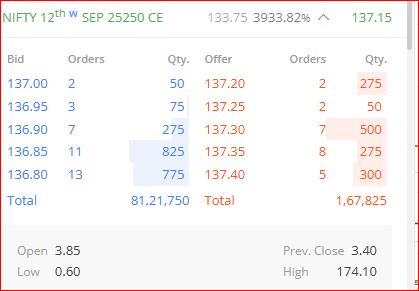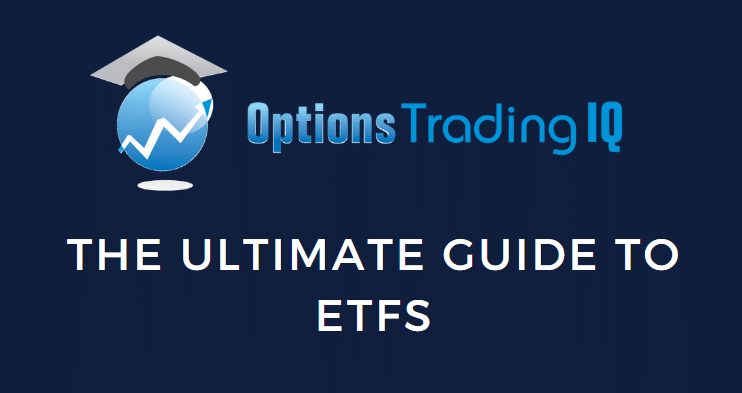In the event you’re searching for an efficient solution to revenue from market fluctuations with out the long-term dedication or stress related to day buying and selling, then swing buying and selling is perhaps the right answer for you. On this article, we are going to unveil the secrets and techniques of this distinctive technique and aid you perceive the variations between swing buying and selling and day buying and selling, enabling you to make extra knowledgeable and assured funding selections. Additionally, you will uncover the important thing instruments that may improve your possibilities of success, together with the favored methods employed by skilled merchants. Don’t miss the chance to develop your information and sharpen your funding expertise. Be part of us as we discover the secrets and techniques of swing buying and selling and how one can leverage value actions available in the market to realize your monetary objectives.
Definition of Swing Buying and selling
Swing buying and selling refers to funding methods the place merchants search to revenue from value adjustments over a short-term interval. This technique is usually utilized in every day, weekly, or month-to-month time frames and avoids the long-term holding of belongings.
Distinction from Day Buying and selling
Swing buying and selling differs from day buying and selling in that, in day buying and selling, merchants try and capitalize on value volatility inside a single day. Nonetheless, in swing buying and selling, buyers have extra alternatives for evaluation and decision-making.
Goal of Swing Buying and selling
The target of swing buying and selling is to capitalize on quick to medium-term value fluctuations in monetary markets. Swing merchants goal to make the most of fast value actions by using technical evaluation to establish optimum entry and exit factors. This buying and selling type helps cut back danger in comparison with long-term investing and permits merchants to deal with a number of belongings concurrently. The final word purpose is to realize earnings from value swings whereas successfully managing danger.

Benefits and Disadvantages of Swing Buying and selling
Swing buying and selling presents a number of benefits. One main profit is flexibility; such a buying and selling will be performed over varied time frames, permitting merchants to decide on how lengthy to carry positions, from a number of days to a number of weeks. Moreover, swing buying and selling requires much less time dedication in comparison with day buying and selling, because it doesn’t require fixed monitoring of the markets. Merchants can make the most of market swings whereas nonetheless managing different tasks.
There’s additionally a possible for increased returns in swing buying and selling. The goal revenue for swing trades is usually bigger than that of day trades, which may end up in larger earnings on every commerce. Diminished stress is one other benefit, as this technique normally entails fewer trades, permitting merchants to take care of a extra analytical method and mitigate the emotional stress related to faster-paced buying and selling. Swing merchants can make the most of each technical and elementary evaluation for his or her decision-making, resulting in extra sturdy methods.
Furthermore, since positions are usually held for only a few days to per week, swing merchants spend much less time uncovered to in a single day market dangers. This technique supplies alternatives to capitalize on quick to medium-term market traits, creating quite a few probabilities for merchants to enter and exit positions successfully. Lastly, swing merchants can use leverage by means of margin accounts to amplify their earnings, though this comes with elevated dangers.

Disadvantages of Swing Buying and selling
Swing buying and selling, whereas advantageous, additionally has its drawbacks. Listed below are some key disadvantages: One vital disadvantage is the potential for elevated danger. Holding positions over a number of days or perhaps weeks exposes merchants to in a single day market fluctuations that would result in sudden losses.
One other problem is the requirement for a strong understanding of technical evaluation. Swing merchants must be adept at studying charts and figuring out traits, which can require substantial studying and follow.
Swing buying and selling may additionally result in missed alternatives. Since positions are held for an extended interval in comparison with day buying and selling, merchants would possibly miss out on fast earnings from short-term value actions.
Moreover, the psychological facet of swing buying and selling will be difficult. Merchants might expertise anxiousness or stress whereas ready for a place to maneuver favorably, notably in risky markets.
One other concern is transaction prices. Relying on the dealer, frequent trades can accumulate commissions and costs, consuming into potential earnings.Lastly, swing buying and selling may not go well with everybody’s way of life or monetary objectives. Some merchants favor the joy and immediacy of day buying and selling, whereas others might discover the slower tempo of swing buying and selling incompatible with their buying and selling type.

What are the highest devices for swing buying and selling?
The simplest swing buying and selling indicators embrace RSI, MACD, Bollinger Bands, and transferring averages. These instruments help merchants in recognizing traits, gauging momentum, and establishing entry and exit factors.

Listed below are among the greatest swing buying and selling methods that merchants usually make the most of:
Development Following: This technique entails figuring out and following the path of the market development. Merchants enter lengthy positions in an uptrend and quick positions in a downtrend.
Help and Resistance: This technique focuses on shopping for at assist ranges, the place costs sometimes bounce again up, and promoting at resistance ranges, the place costs are likely to reverse downwards.
Momentum: Momentum merchants search for shares or belongings which can be transferring considerably in a single path, shopping for into upward momentum and shorting downward momentum.
Breakouts: This technique entails getting into a place when the worth breaks by means of a predefined degree of assist or resistance, indicating a possible vital transfer in that path.
Reversals: Reversal merchants search for indicators {that a} development is about to vary path, getting into positions after they consider the worth is about to reverse.
Consolidation: This method capitalizes on intervals the place the worth is transferring sideways, getting into positions as the worth breaks out of the consolidation vary. Utilizing these methods, merchants can navigate the market extra successfully and make knowledgeable selections. At all times bear in mind to implement danger administration methods when buying and selling.













